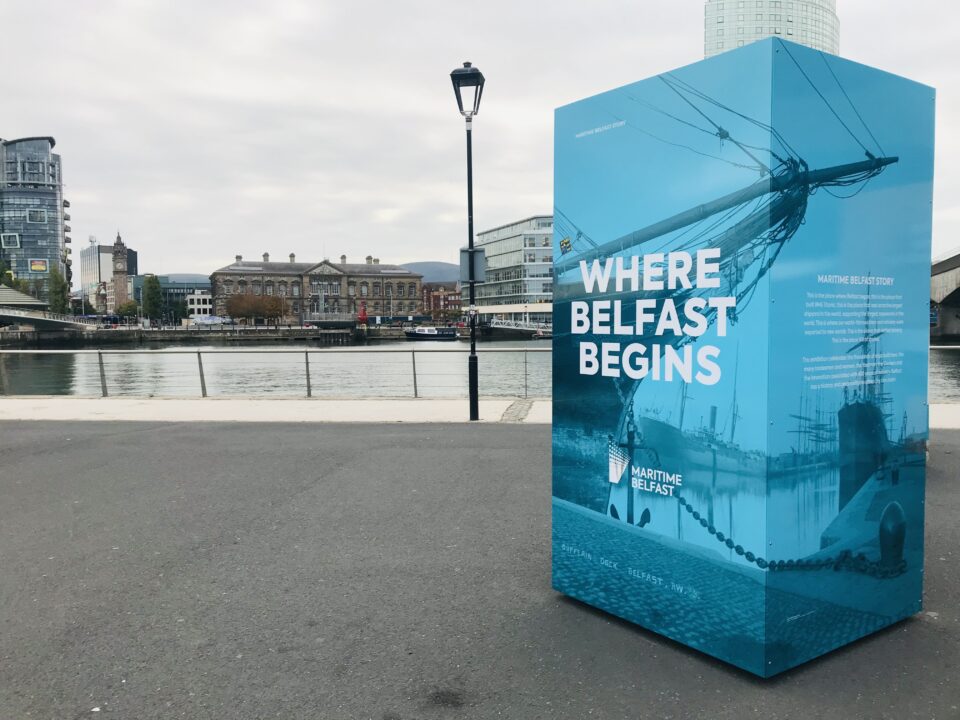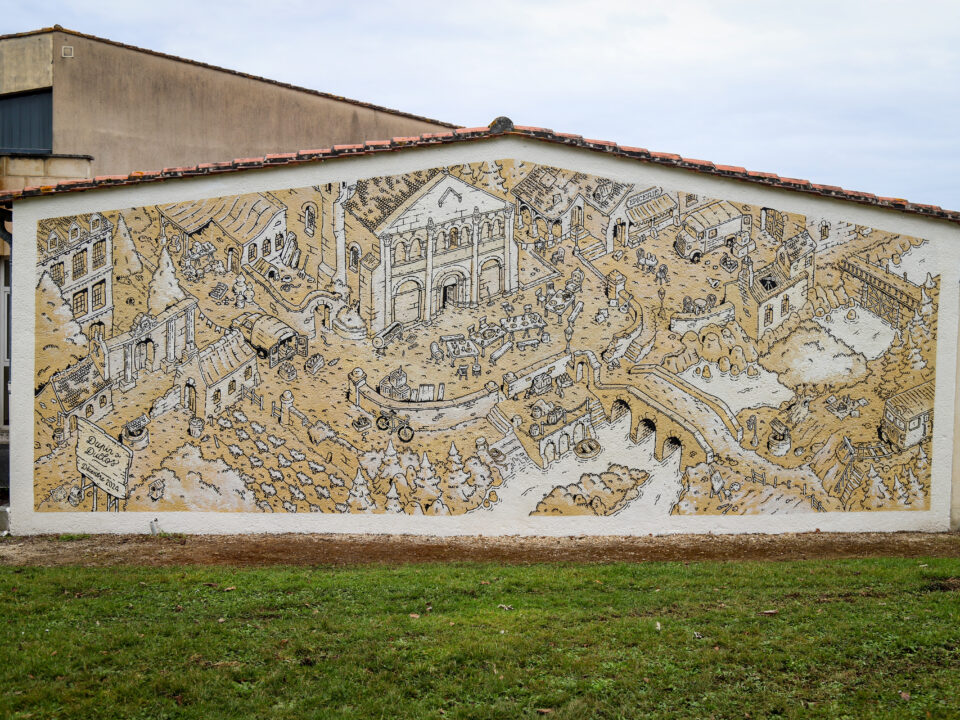

In the framework of HUB-IN, each pilot city will receive support to transform their Historic Urban Area (HUA) into a hub of innovation and entrepreneurship. This includes also helping the cities to communicate such transformation and engage citizens and stakeholders in the activities.
For many of our pilot cities, a (re-)branding process will be necessary to move away from current negative images or the lack of a defined identity for their HUAs. That is why, over the past months, we offered a series of introductory trainings on place branding – also thanks to external support coming from experts and cities who developed impressive place branding strategies and join us to
share their experience.
Below, we share some of the lessons learnt and suggestions for the development and implementation of a successful place branding strategy.
A brand should be independent from politics to be able to last
Politicians might want to be very involved or drive a branding process for their city, but this should be avoided. A brand should have no political colour, otherwise the next elected person might not want to continue the strategy of his/her predecessor. A successful branding strategy should be free from any highly visible political influence also to be shared and understood by citizens and tourists.
Collaboration is key
Collaboration is key to have impact: you should involve stakeholders, other city departments and public institutions (such as chambers of commerce), but also citizens who wants to help. This is even more important when the budget is small, so that you can ensure to tap into opportunities initiated by others and insert your narrative and messages. It is important to often connect and tell the story of your brand to the stakeholder: they should become passionate about the brand, so that they can be promoters for your district/city.
For example, the city of Lyon can count 12 private partners to their brand ONLYLYON. They have also developed an impressive worldwide ambassador network, made by people from Lyon who moved away but still wanted to connect with the city and their inhabitants.
Don’t be afraid to share your brand
For your strategy to be successful, it should be owned by local actors and citizens. This means that they should be involved in the development of the brand, so that the image advertised correspond to the real identity of the place, but also that they should be able to use the brand, communicate it consistently. That’s why many cities – such as Dundee (Scotland) – developed “branding toolkits” and put them in their website, as a resource for everyone to download. It can include a social media kit, graphic and communication guidelines, logos, messages, templates etc…
There is no “one size fit all”
No matter if you want to (re)brand a city or a district, every situation is different. For example, Bruxelles Perspective, who managed the marketing strategy for the rebranding of the city’s canal district, told us they decided not to develop a new visual identity for the Canal: they preferred to focus on imagery and other visual communication tools, to avoid confusion with the other visual identities that were already part of the area (the city, the partner institutions, the funders etc).




